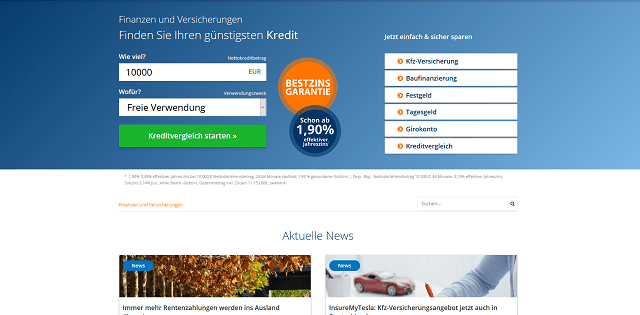Smart Online Loans: What to Know Before Borrowing
Online loans have become a common way to access funds quickly, but they vary widely in terms, costs, and reliability. Understanding how online lending works, what lenders look for, and how these products fit into your broader finance picture can help you borrow responsibly and protect your credit and money. This guide breaks down the essentials you need to evaluate offers and choose a lender that aligns with your needs.

What is an online loan?
An online loan is a financing product applied for and managed primarily via websites or mobile apps rather than in-person branches. Lenders can be traditional banks with online platforms, specialized fintech firms, or peer-to-peer networks. Common types include personal loans, payday alternatives, installment loans, and lines of credit. The application process is typically faster than traditional methods, often using automated underwriting to deliver decisions and funding in hours or days.
Many online loan products come with digital conveniences: electronic signatures, instant bank transfers, and account aggregation for income verification. However, speed and convenience can trade off against higher interest rates or fees for some lenders, so comparing terms and reading the fine print is essential before committing.
How does credit affect approval?
Credit history and scores remain central to underwriting decisions for most online lenders. A solid credit record generally yields lower interest rates and higher approved amounts, while limited or poor credit may restrict options to higher-cost lenders or require a co-signer. Lenders review credit reports, payment history, outstanding debt, and sometimes alternative data like employment income or bank transaction patterns.
Some fintech firms offer prequalification tools that perform soft credit checks, letting you see likely loan terms without impacting your credit score. If you’re rebuilding credit, responsibly using small loans and making timely payments can help, but always weigh the cost of borrowing against the potential long-term benefit to your credit profile.
How do online loans fit into personal finance?
Online loans can be useful for consolidating high-interest debt, covering emergency expenses, or financing a one-time purchase when savings fall short. Used strategically, a reasonably priced loan may reduce monthly interest or smooth cash flow. However, borrowing to cover recurring shortfalls can compound financial strain over time.
Before taking an online loan, map it against your monthly budget: include principal, interest, fees, and any changes to banking behavior the lender requires. Evaluate alternative strategies—saving, negotiating bills, or small personal lines of credit from your bank—so a loan becomes a tool in a broader finance plan rather than a quick fix that increases long-term costs.
Where does the money come from?
Funding sources for online loans vary: traditional banks and credit unions use depositor funds, fintech lenders may use institutional investors or warehouse lines of credit, and peer-to-peer platforms connect individual investors to borrowers. The origin of funds affects underwriting standards, loan pricing, and customer service practices. For instance, banks often offer more regulatory oversight and lower rates for qualified borrowers, while newer fintechs may approve riskier loans faster at higher cost.
Some lenders require direct access to your bank account to verify income and facilitate repayments. That access can speed approval but also raises security and privacy considerations—ensure the lender uses reputable encryption and ask what data they store or share.
Can you trust online banks and lenders?
Trust in online lenders depends on regulation, transparency, and customer protections. Reputable banks and state-licensed lenders provide clear disclosures about APR, fees, repayment schedules, and late penalties. Look for lenders that list regulatory licensing information, provide sample repayment schedules, and have accessible customer support. Read reviews from multiple sources and verify complaints or enforcement actions through consumer protection agencies in your area.
Be cautious with lenders that demand unusual payment methods, pressure for immediate approval, or are opaque about fees. Protect your money and identity by using strong passwords, enabling multi-factor authentication, and avoiding sharing sensitive information over unverified channels.
Conclusion
Online loans can deliver fast access to funds and convenient digital management, but they vary greatly in cost, underwriting, and reliability. Prioritize lenders that offer transparent terms, consider how a loan affects your credit and long-term finance goals, and assess whether the funding source and data practices meet your comfort level. Careful comparison and reading the fine print will help ensure borrowing is a constructive part of your overall financial strategy.






